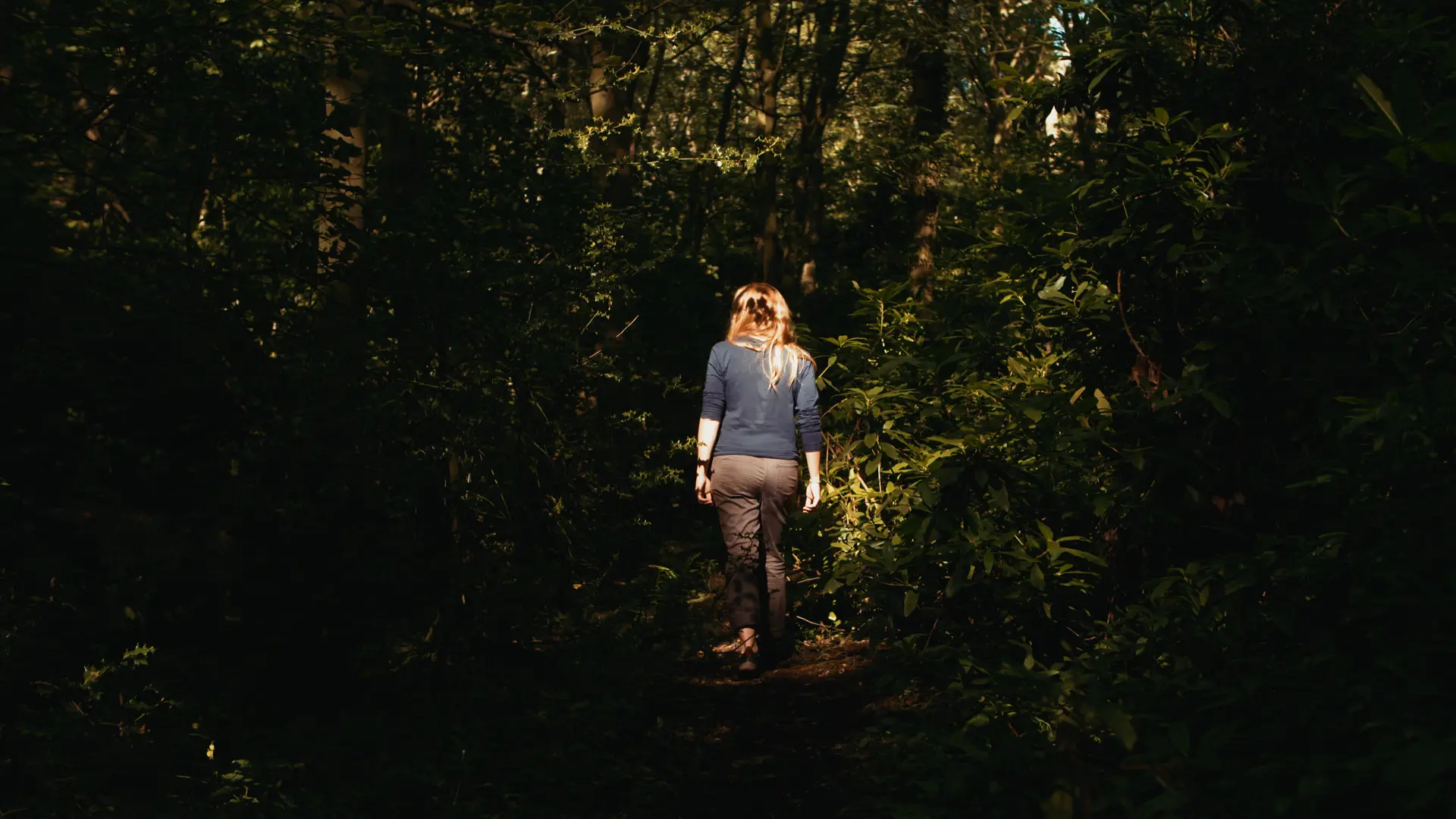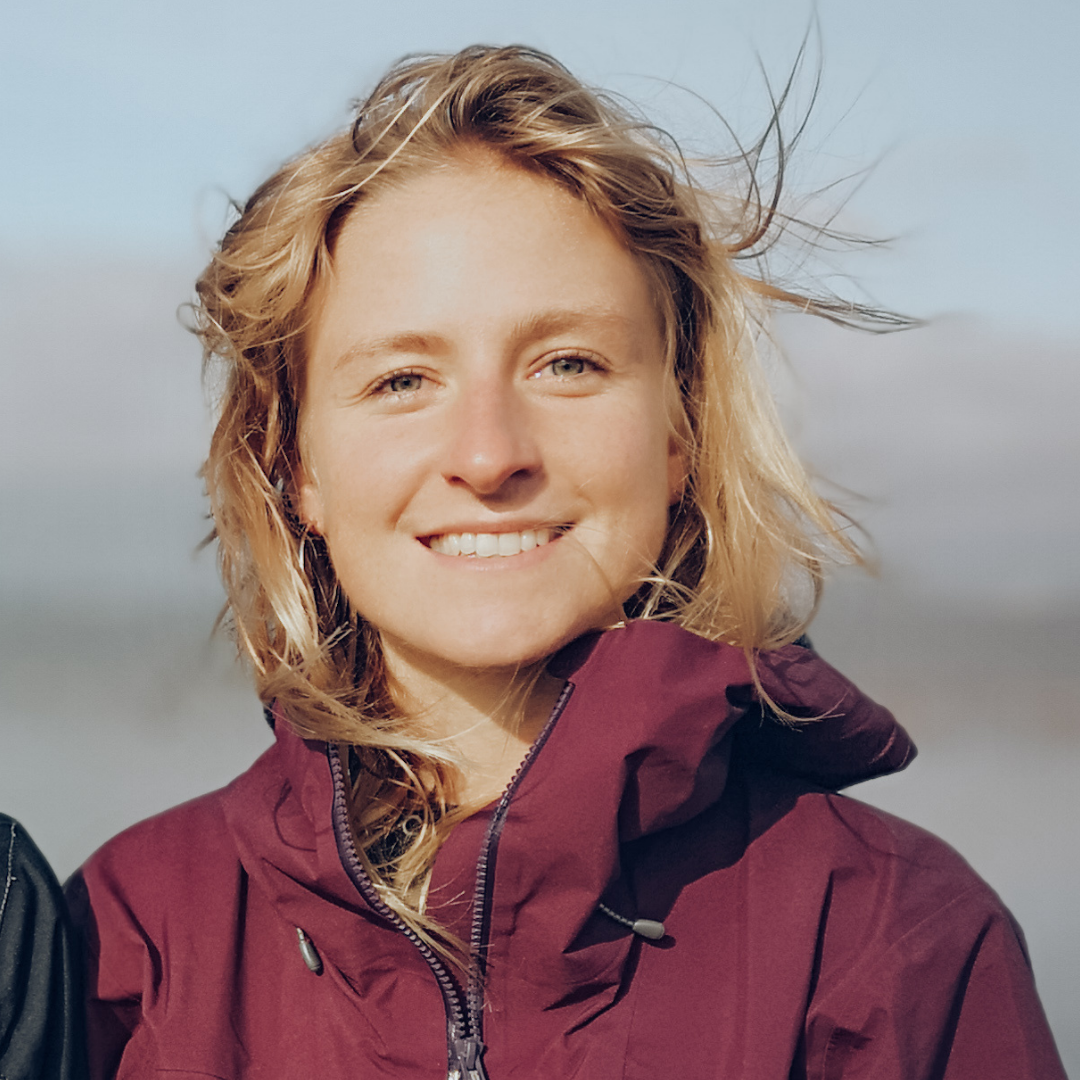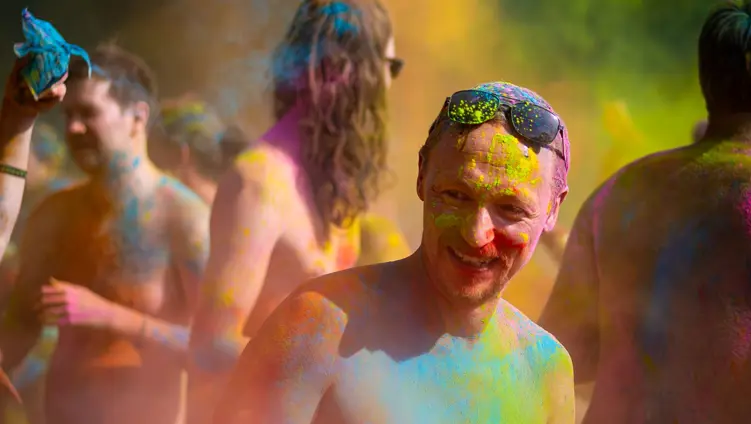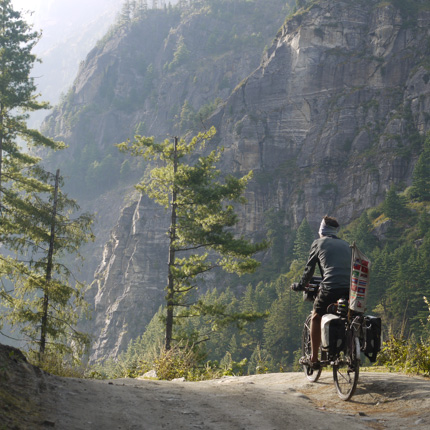
We screened two of their films at the film festival this year, HERE and Meaningful Journey: Connection, about the Bristol Bike Project. We spoke to creative directors Sim Warren and Jeff Bowman for this month’s Edition.
Why is good storytelling so important for Millican?
Everyone has a story to tell, and for Millican, and myself, we’re fascinated in learning from others, celebrating them and their journey. Life has many ways to be lived, connection to the outdoors and nature, adventure and travel is the lens we choose to look at the world. We hope to share stories that resonate with ourselves and others so that they can be inspired to live a little more mindfully and intentionally.
Tell us about an adventure story or storyteller that's impacted and inspired you?
Jeff: Collectively the Millican films have been one big adventure story, all of which continue to inspire me. I can sit and watch them over and over and never tire of what they are telling me. Millican Dalton, our brand's namesake, has been an inspiring story from day one. His philosophy and ethos of simple living outside with nature and the adventures he undertook are as relevant today as they were in the early 1900s.
Sim: If I think back, I’ve not quite been as inspired by a story as I was when I watched “The Important Places” directed by Forest Woodward from Gnarly Bay.
I would highly recommend the watch. I won’t give anything away but it’s got all the hallmarks for a film that will bring a tear to your eye (you'll want to phone up a loved one to tell them how much you love them). It'll inspire you to get off social media and venture into the outdoors, to get in touch with who you are or who you were.
It’s a film, in my opinion, that was clearly led by the story. The visual was brought in after to fuse it together. Just the way I love to work.
How do you find your stories and how do you choose which to tell?
Jeff: Through connecting to our community primarily. We’ve found so many fascinating people with really interesting and inspiring stories in the Millican world. Then it becomes a process of trying to find a balance in the stories too, not just one specific angle, but many perspectives on the same themes… the meaning in life, adventure and the outdoors. I wish we could tell everyone's story but we’re doing our best with the ones we have.
How can we encourage new voices in adventure storytelling and tell those lesser-known tales?
Jeff: I think by speaking to people, learning from others, asking questions of ourselves: ‘what really matters right now?’ I’ve often found that if a story speaks to me, however big or small, it will resonate with someone else somewhere else. But you can’t give a voice to people if you’re not actively speaking to them and giving them a platform to talk. That’s how it starts.
What advice would you offer an aspiring storyteller?
Jeff: Listen. Simply put, it’s our job as storytellers to step back, listen to what is being said, and find the right way to tell that story. You have to hear what is being said, and then that will shape and form the visual output and narrative. But if you don’t listen, and you are too focused on your own perspective, the story can be missed. We’ve had several films which we approached thinking we knew the story and as the story was told we changed our approach.
Sim: Be true to the story. If we take our recent film HERE (screened this year at the Adventure Uncovered Film Festival) as an example I was constantly reminding myself, ‘does this feel true to Ruth? Does this fit with Millican’s values?’ Sometimes it’s easy to let film techniques and production values take over and you can find yourself getting carried away quickly with all kinds of beautiful shots. But those shots mean nothing if they’re not true to the narrative. If you look at our opening sequence for HERE we remain indoors the entire time. I wanted all of the shots to be static and to use sound to bring additional layers in. I wanted Ruth’s identity to be unclear at this point - all of which hints at and embodies the emotions attached to Ruth’s message on therapy indoors.
Staying true to the story will outweigh a sweeping drone opener any day of the week.
What is one item you find invaluable for storytelling?
Jeff: A character. Someone or something to drive the narrative. I could have said humans, but nature has a voice, the planet, the ocean, the dog, the cat. But you need, for us anyway, something central to allow the story to be told.
Sim: Time. Before we start a project we’ll spend a while prepping and creating a loose outline but we’re fully expecting that this could change. Depending on the project, we might set out on a 5-day shoot but are willing to embrace a change in direction or to discover a new angle.
You can’t tell a story from behind a laptop screen about a person you haven’t met yet. You need to go meet them, spend time with them and learn from them.
A good example of this was when we made “Perspectives” with James Bowden. Setting off to Cornwall we had a plan; voice-over lead story about James and his view on the world. Day 1 we met James at his house and went for a drive in his van with his dog Dylan. What became apparent very quickly was that there was something pretty unique in the way James went about his day. He was really relaxed and went at a pretty calming pace. So asking him to voice a narrative felt forced. Halfway through day 2, Jeff [Bowmen] and I had decided to tell James’s story through his actions, the sounds, the places he visited. It did feel like a bold decision to leave the shoot without trying to interview James but just like I said: it felt true to James and his story.
By having a little extra time, there was the wiggle room to tweak our idea on site. We had an opportunity to react to the light and weather as it came and to be playful in the edit and sound design.







